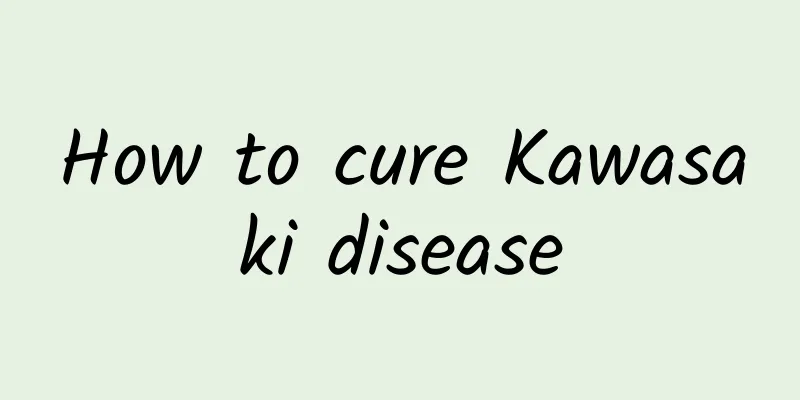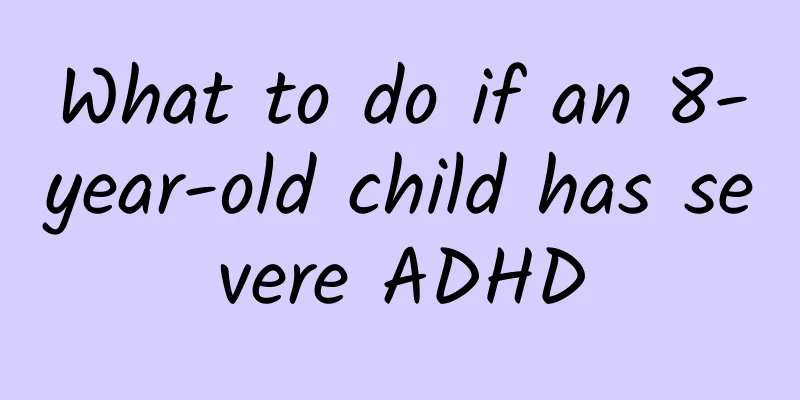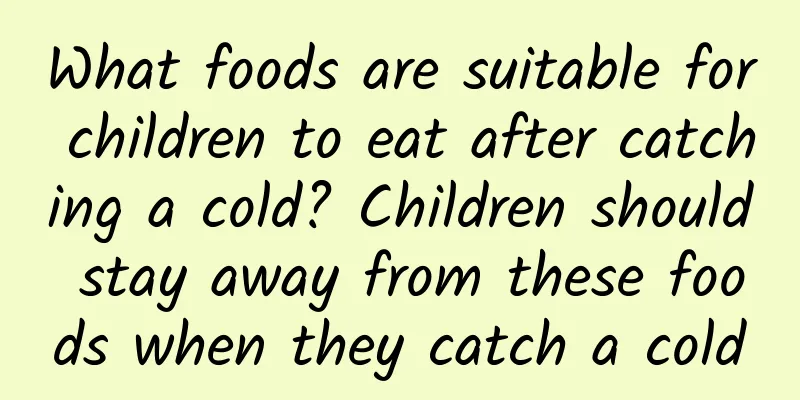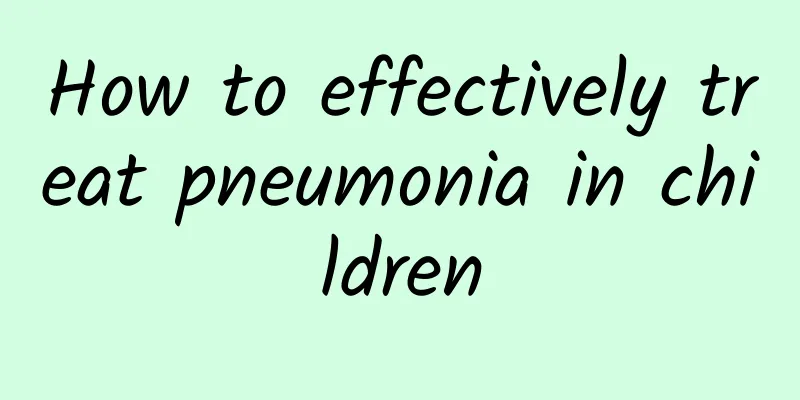What causes hand, foot and mouth disease in children? What causes hand, foot and mouth disease?

|
When it comes to hand, foot and mouth disease, many people will think of children with fever and blisters. Indeed, hand, foot and mouth disease is a common disease in infants and young children. It is contagious. Generally, sick infants need to be isolated to prevent them from infecting other children. What is the cause of hand, foot and mouth disease? Why do children get hand, foot and mouth disease? Let's learn about it together! 1. Enterovirus infection Hand, foot and mouth disease is caused by enterovirus infection, the most common of which are Coxsackievirus A16 and enterovirus 71. Its infection routes include the digestive tract, respiratory tract and contact transmission. Poor environmental hygiene, poor food hygiene and bad personal hygiene habits make it more susceptible to infection and disease. 2. Infection route 1. The patient's throat secretions, saliva, herpes fluid, and feces contain a large number of viruses. The viruses contaminate the hands or, through the hands, contaminate towels, handkerchiefs, cups, toys, eating utensils, milk utensils, bedding, clothes, etc. When other children take these things, they can eat the viruses into their mouths through their hands and become sick. 2. When the sick child coughs or talks, the virus in the throat secretions and saliva can be transmitted through the air (droplets), so close contact with sick children can cause infection. 3. It is easiest to be infected if you are in the same room with a sick child. 4. Infection may also occur by drinking or eating water or food contaminated by the virus. 3. Populations with a high risk of hand, foot and mouth disease 1. Infants and young children like to put their hands or toys in their mouths and bite them. The virus is transmitted through the digestive tract, so the incidence rate is higher in children under 5 years old. 2. It is common in nurseries and kindergartens, where infection is transmitted through handkerchiefs, towels, toys and other items contaminated with the virus. 3. Children do not know how to distinguish and eat food that has viruses or flies. Drinking or eating contaminated water and food can easily cause infection. 4. Notes So far, there is no vaccine or specific medicine for hand, foot and mouth disease, so parents should strengthen the three major hygienes: environmental hygiene, food hygiene, and personal hygiene. To prevent children from getting hand, foot and mouth disease, remember five tips: wash hands frequently, drink boiled water, eat cooked food, ventilate more, and dry clothes and quilts. 5. Rash care 1. Baby's clothes and bedding should be clean, comfortable, soft, and changed frequently. 2. Cut your baby's nails short and wrap your baby's hands if necessary to prevent scratching the rash. 3. For babies with rashes on their buttocks, their urine and feces should be cleaned at all times to keep their buttocks clean and dry. 4. In the early stage of skin rash on the hands and feet, you can apply calamine lotion. When herpes is formed or ruptured, apply 0.5% iodine tincture. 5. Pay attention to keep your skin clean to prevent secondary infection. |
<<: What fruits are good for children with diarrhea? What fruits can children with diarrhea eat?
Recommend
Why is the baby coughing?
The baby's cough is likely caused by a virus ...
Necessary tests for pneumonia in children
I believe that every mother of a newborn is parti...
How to measure neonatal jaundice
How is neonatal jaundice measured? The detection ...
How to take medicine for diarrhea in children? Follow these medication principles for diarrhea in children
Pediatric diarrhea is a common pediatric disease....
What should I do if my child has a cold and cough? Treat him/her promptly
Cold and cough are very common diseases in childr...
How is Kawasaki disease contracted?
Kawasaki disease is usually caused by genetic fac...
Is ADHD treatment expensive?
Is the cost of ADHD treatment high? ADHD is a com...
Can I continue to breastfeed my newborn baby if he has jaundice?
There are many causes of jaundice, and the causes...
What medicine is better for children with cough? How to use medicine for children with cough
Children have relatively weak resistance and are ...
What causes children's cough in autumn?
The causes of children's cough in autumn may ...
What is the precursor of hypothermia?
Hypothermia, usually refers to a body temperature...
What should you pay attention to when your child has a viral cold? 9 things to pay attention to when your child has a viral cold
Viral colds include: common cold, influenza and v...
What to do if your baby coughs
Babies who have just turned one month old are ver...
Causes of diarrhea in children
What parents worry about most is that their child...
What should I do if my baby has phlegm, cough and vomiting? What are the causes of phlegm, cough and vomiting in babies?
If the child has sputum, coughs, and vomiting, he...









